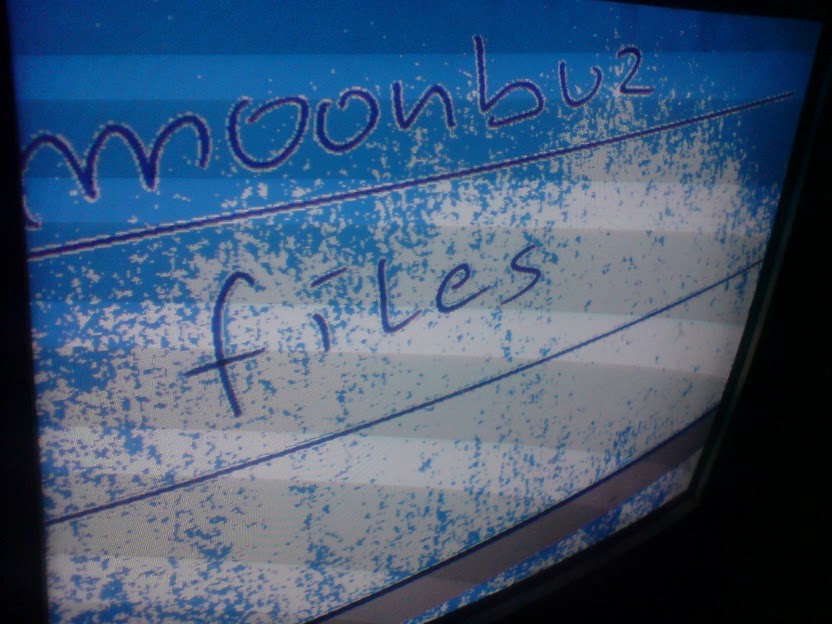THE REVENGE OF THE INTUITIVE
I recently spent three days working with what is possibly the most advanced recording console in the world, and I have to report that it was a horribly unmusical experience. The console, which has more than 10,000 controls on its surface and a computer inside, was designed in such a way that music-making tasks once requiring a single physical switch now require a several-step mental negotiation. My engineer kept saying “Wait a minute” and then had to duck out of the musical conversation we were having so he could go into secretarial mode to execute complex computer-like operations. It’s as though a new layer of bureaucracy has interposed itself between me and the music we want to make. After days of tooth-gnashing frustration, I had to admit that something has gone wrong with the design of technology - and I was paying $2,000 a day in studio fees to discover it.
Years ago I realized that the recording studio was becoming a musical instrument. I even lectured about it, proclaiming that “by turning sound into malleable material, studios invite you to construct new worlds of sounds as painters construct worlds of form and color.” I was thrilled at how people were using studios to make music that otherwise simply could not exist. Studios opened up possibilities. But now I’m struck by the insidious, computer-driven tendency to take things out of the domain of muscular activity and put them into the domain of mental activity. This transfer is not paying off. Sure, muscles are unreliable, but they represent several million years of accumulated finesse. Musicians enjoy drawing on that finesse (and audiences respond to its exercise), so when muscular activity is rendered useless, the creative process is frustrated. No wonder artists who can afford the best of anything keep buying “retro” electronics and instruments, and revert to retro media.
The trouble begins with a design philosophy that equates “more options” with “greater freedom.” Designers struggle endlessly with a problem that is almost nonexistent for users: “How do we pack the maximum number of options into the minimum space and price?” In my experience, the instruments and tools that endure (because they are loved by their users) have limited options.
Software options proliferate extremely easily, too easily in fact, because too many options create tools that can’t ever be used intuitively. Intuitive actions confine the detail work to a dedicated part of the brain, leaving the rest of one’s mind free to respond with attention and sensitivity to the changing texture of the moment. With tools, we crave intimacy. This appetite for emotional resonance explains why users - when given a choice - prefer deep rapport over endless options. You can’t have a relationship with a device whose limits are unknown to you, because without limits it keeps becoming something else.
Indeed, familiarity breeds content. When you use familiar tools, you draw upon a long cultural conversation - a whole shared history of usage - as your backdrop, as the canvas to juxtapose your work. The deeper and more widely shared the conversation, the more subtle its inflections can be.
This is the revenge of traditional media. Even the “weaknesses” or the limits of these tools become part of the vocabulary of culture. I’m thinking of such stuff as Marshall guitar amps and black-and-white film - what was once thought most undesirable about these tools became their cherished trademark.
The Marshall guitar amplifier doesn’t just get louder when you turn it up. It distorts the sound to produce a whole range of new harmonics, effectively turning a plucked string instrument into a bowed one. A responsible designer might try to overcome this limitation - probably the engineers at Marshall tried, too. But that sound became the sound of, among others, Jimi Hendrix. That sound is called “electric guitar.” Or think of grainy black-and-white film, or jittery Super 8, or scratches on vinyl. These limitations tell you something about the context of the work, where it sits in time, and by invoking that world they deepen the resonances of the work itself.
Since so much of our experience is mediated in some way or another, we have deep sensitivities to the signatures of different media. Artists play with these sensitivities, digesting the new and shifting the old. In the end, the characteristic forms of a tool’s or medium’s distortion, of its weakness and limitations, become sources of emotional meaning and intimacy.
Although designers continue to dream of “transparency” - technologies that just do their job without making their presence felt - both creators and audiences actually like technologies with “personality.” A personality is something with which you can have a relationship. Which is why people return to pencils, violins, and the same three guitar chords.
Brian Eno

No comments:
Post a Comment